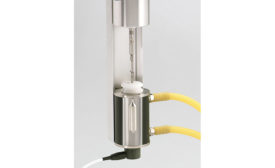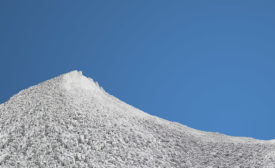Raw Materials and Chemicals
Viscosity 101
Many factors need to be considered when devising meaningful viscosity tests for adhesives and sealants.
October 1, 2010
Is it Time to Decouple from Petroleum?
Bio-polymers have entered the market, and demand is expected to grow rapidly over the next decade.
August 1, 2010
Adhesives and Sealants 101: Fillers
What are fillers and how are they used in adhesives and sealants?
July 31, 2008
Keep the info flowing with our eNewsletters!
Get the latest industry updates tailored your way.
JOIN TODAY!Copyright ©2024. All Rights Reserved BNP Media.
Design, CMS, Hosting & Web Development :: ePublishing


